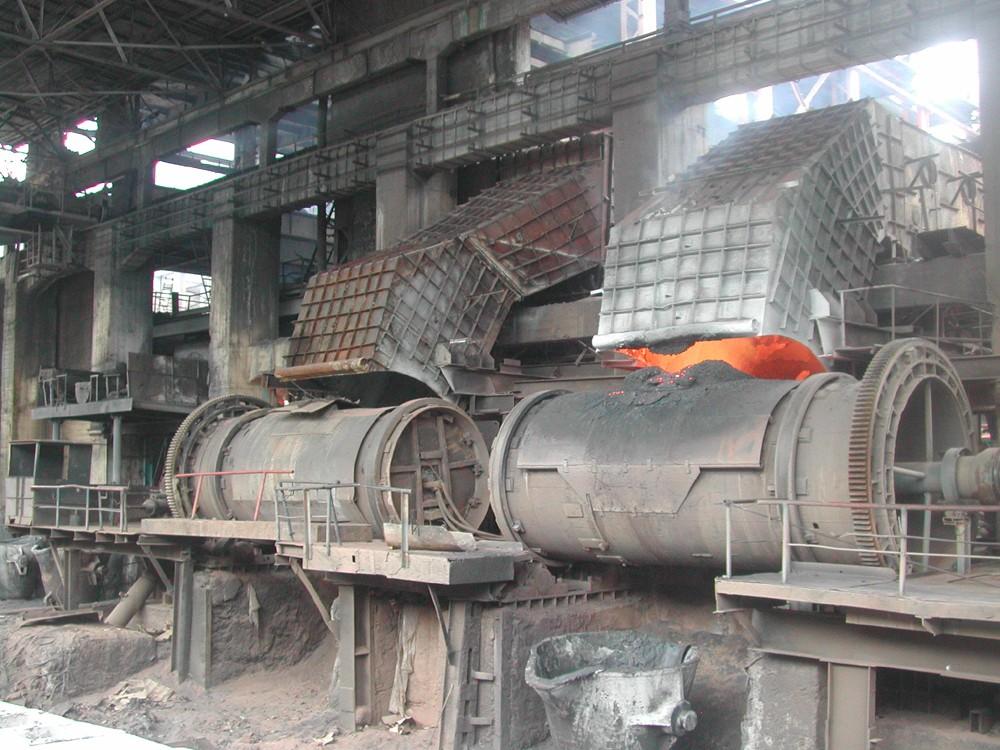
Armenia Continues to Experience a Decline in Industry
There was a 5.8% decline in industry in Armenia in April compared to March, according to official data by the National Statistical Service of the Republic of Armenia (RA). Industry has been declining since the beginning of the year, but there was hope that after seasonal factors were eliminated, industry growth would be restored.
But this hasn't happened; moreover, the main reason for the decline continues to be the manufacturing industry, though there is a small amount of decline in the mining industry as well. In the manufacturing industry, production of alcoholic beverages has dropped, while the production decline of blister copper and ferromolybdenum is quite significant.
A situation is created whereby production and export of copper concentrate has increased, but copper manufacturing has decreased. For instance, in March, production of copper concentrate rose by 16%, while blister copper production dropped by 15%. Recall, copper is manufactured by the Armenian Copper Programme's Alaverdi copper smelter.
As a result, industry is the only sector of the economy where there's a decline — in all other sectors, even construction, there has been growth.
Economic activity for January to April in Armenia is 3.6% — compared to 3.3% in January to March. The biggest growth was in agriculture: 4.1%. But after this year's heavy frost, a downward trend in agricultural goods is possible in the coming months. Currently, mainly recorded is the data from greenhouse farms, early crops (potatoes and the like), and animal husbandry.
An increase of 0.7% was recorded in construction. Growth in this sector is tied to the activities of legal entities, while construction carried out by the population's resources continues to experience a decline. Also picking up speed is the road construction project financially supported by a loan from the Asian Development Bank.
Also within the first four months of the year there has been a 5.1% increase in trade, due mainly to reducing the shadow economy. In 4 months, Armenian citizens and visitors have spent about 627 billion AMD (about $1.5 billion USD).
The statistics show a 7.2% increase in the average monthly wage, which is an unprecedented high figure. Accordingly, the average monthly salary in Armenia has reached 160,000 AMD ($388); in the private sector, 190,000 AMD ($460); and in the public (state) sector, 138,000 AMD ($334). This means an increase in the standard of living in Armenia, since the inflation rate (4.6%) is significantly behind the rate of growth in wages.
 Videos
Videos Photos
Photos




Write a comment